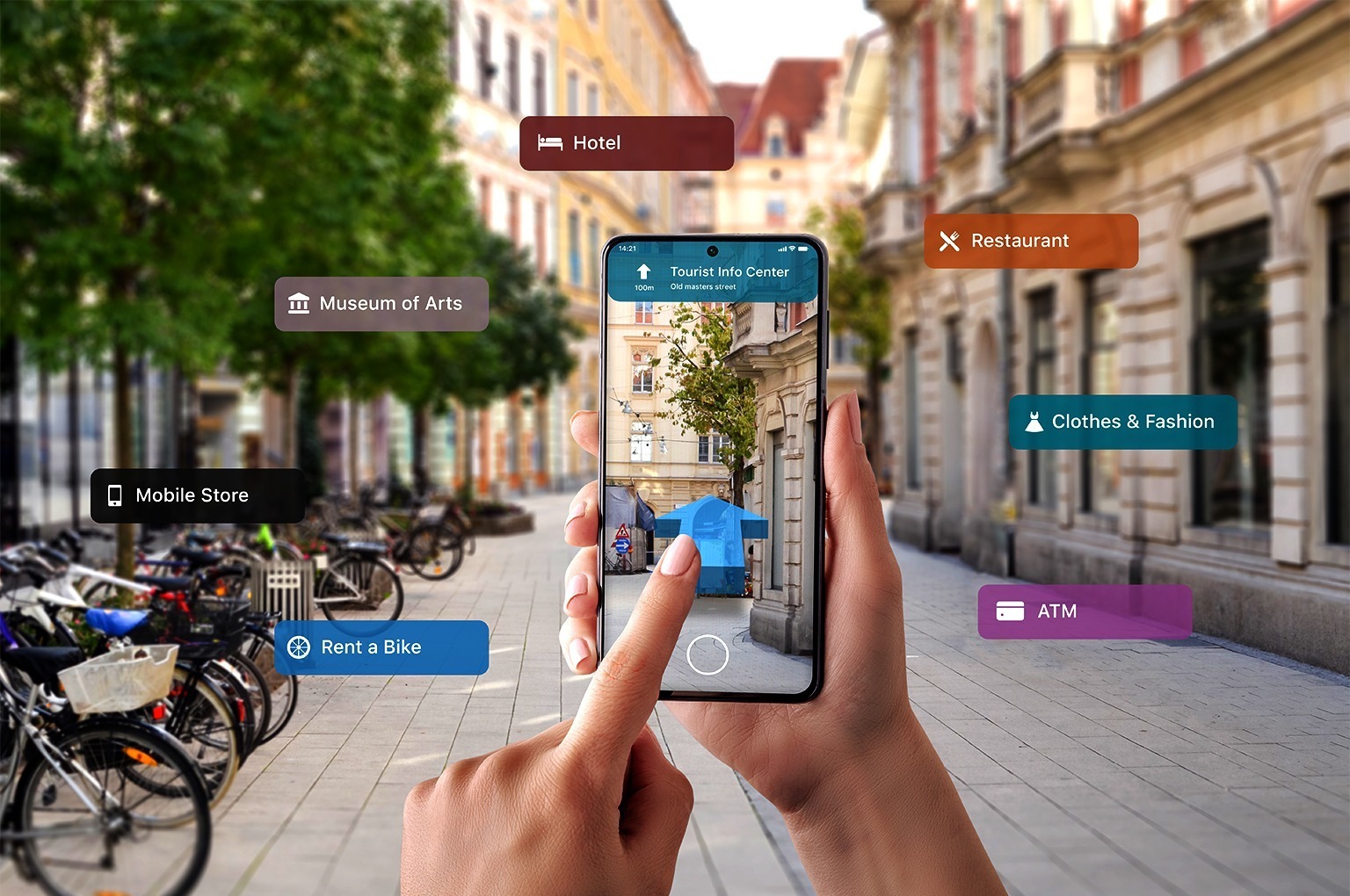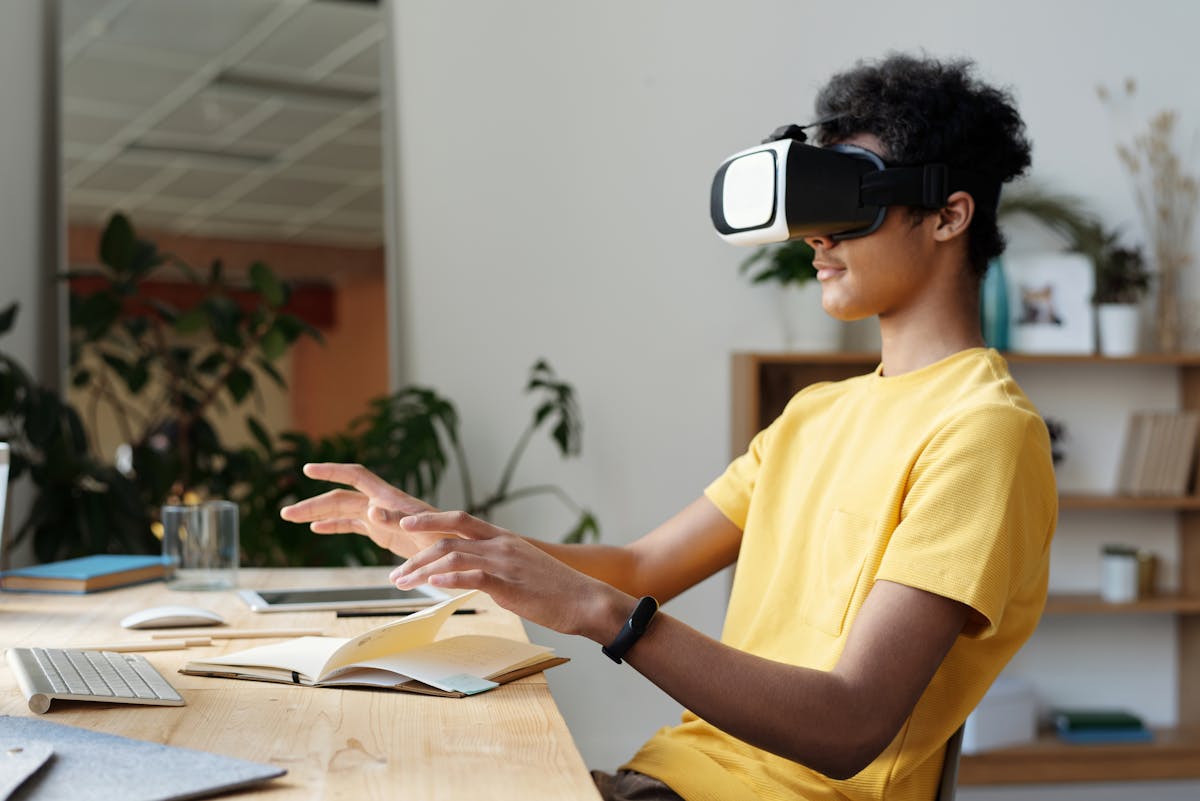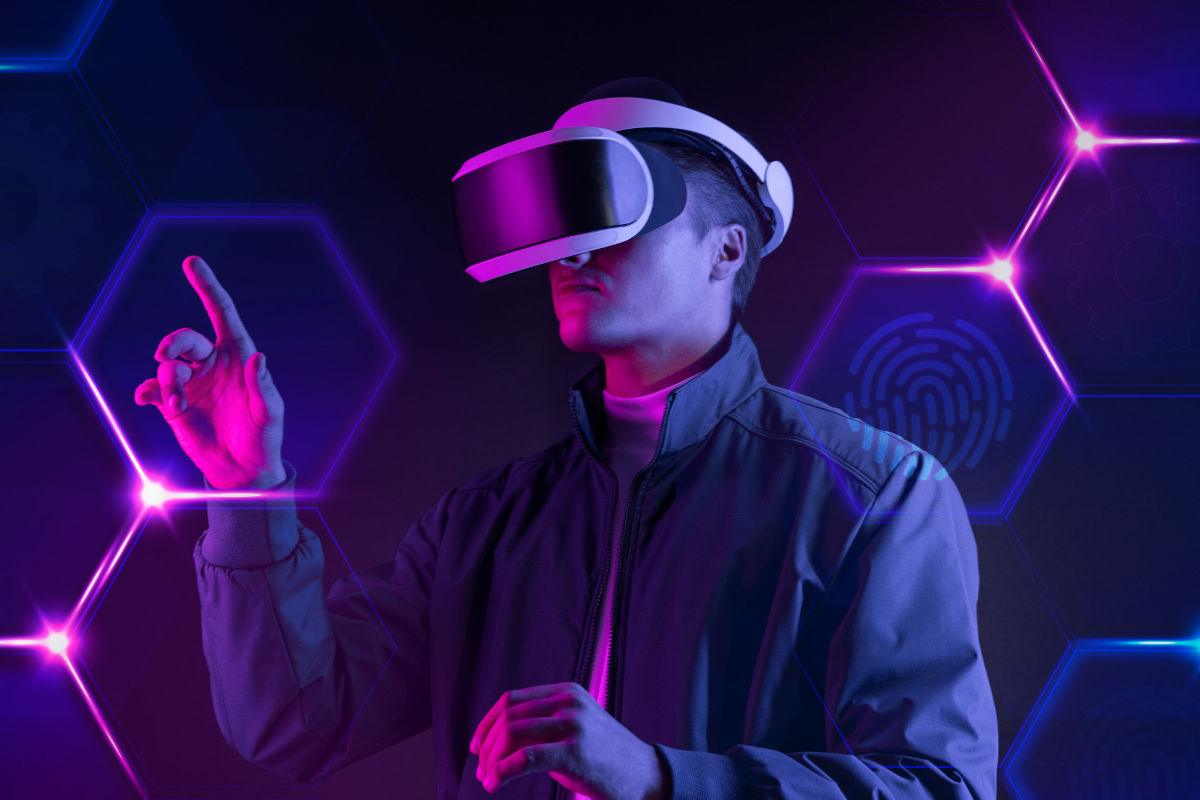Augmented Reality and Tourism Industry
“The world is a book and those who do not travel read only one page. And Augmented Reality app is a guide to experience that book”
What Is Augmented Reality?
Augmented reality, or AR, is a digital technology, which makes changes to a person’s perception of their physical surroundings when viewed through a particular device. The technology has similarities with virtual reality, but AR does not replace the real-world environment but augments it by overlaying digital components.
To date, perhaps the most notable example of an augmented reality app is Pokémon Go. However, technology extends beyond the gaming world and into the world of marketing. Here, marketers will usually use AR to add graphics or useful information to an environment viewed through a compatible device.
Typically, augmented reality is experienced through a smartphone, tablet, or augmented smart glasses. In many cases, AR also works together with other mobile technologies, including cameras and GPS tracking.
How Augmented Reality Matter for The Tourism Industry?
In recent times, augmented reality has become increasingly popular within the travel industry. This is primarily because it enables hotels and other businesses operating in this field to enhance the physical environments, they are trying to encourage customers to visit, including local sights and hotel rooms.
Unlike other purchases, tourism & travel tends to be heavily researched, as customers require lots of information before they arrive. In addition, this need for information does not stop when the customer arrives. Augmented reality can serve to ensure much of this information is available to them, 24/7, at times it is most relevant.
Furthermore, one of the keys to AR adoption within the travel industry has been the general change in consumer lifestyles over the past decade. Modern customers are already in the habit of using their smartphones a lot, even when they travel, so the step toward using augmented reality apps on those phones is not a big one.
The possibilities for augmented reality in the travel industry are vast. AR alters travelers’ perceptions of their physical surroundings and provides supplemental tourism experiences and opportunities for interaction.
To understand this concept, we must first understand what a smart city is. This refers to a city that relies on information and communication technologies when creating and building infrastructures for its citizens. In other words, a smart city is a city that combines people, technology, and creativity to make it a more sustainable, efficient, and valuable place.
In relation to this concept, we can already talk about smart tourism or digital tourism. A smart destination is an innovative place that, thanks to technology, offers its visitors a more immersive and interactive experience that improves the quality of their stay.
This is precisely the objective of augmented reality applied to tourism; to efficiently manage resources and build a place that meets the needs of travelers and tourists as well as improve and enhance the quality of life of residents.
In short, there are many opportunities and benefits that technology, and specifically AR, brings to a city and to the tourism sector. In fact, more and more smart cities are offering digital tourism or smart tourism.
Travel is an investment in yourself. Not all those who wander are lost
Add Comment
You must be logged in to post a comment.







